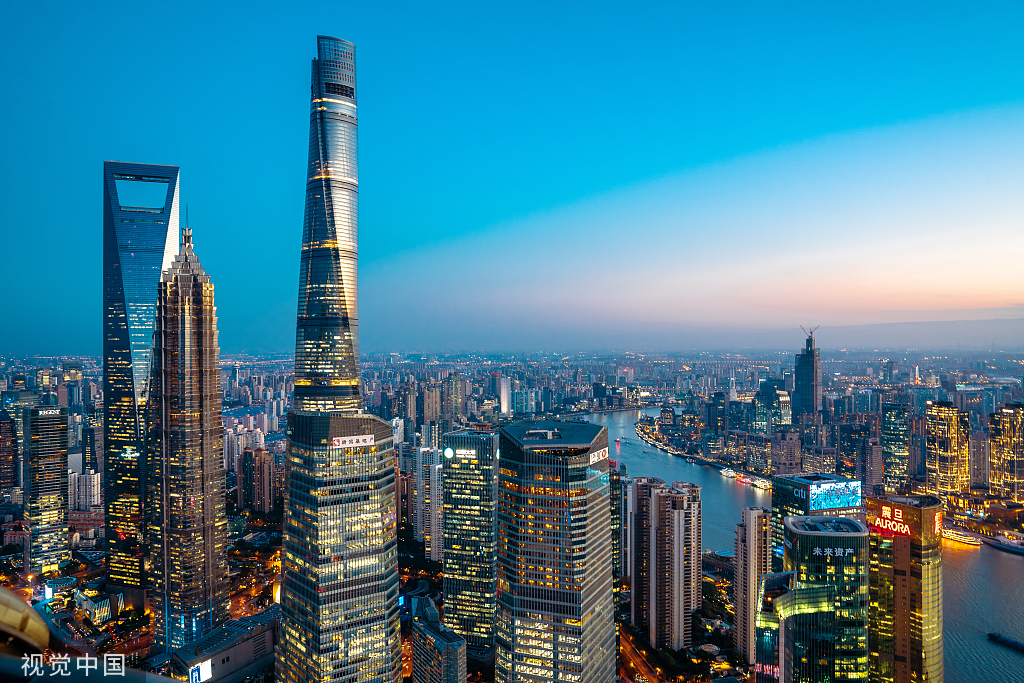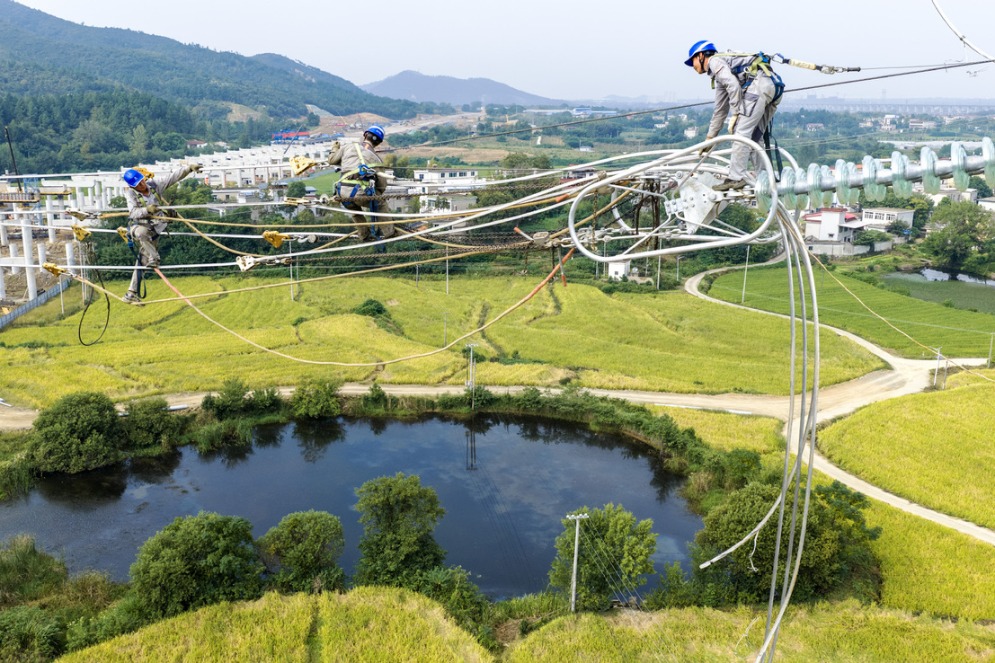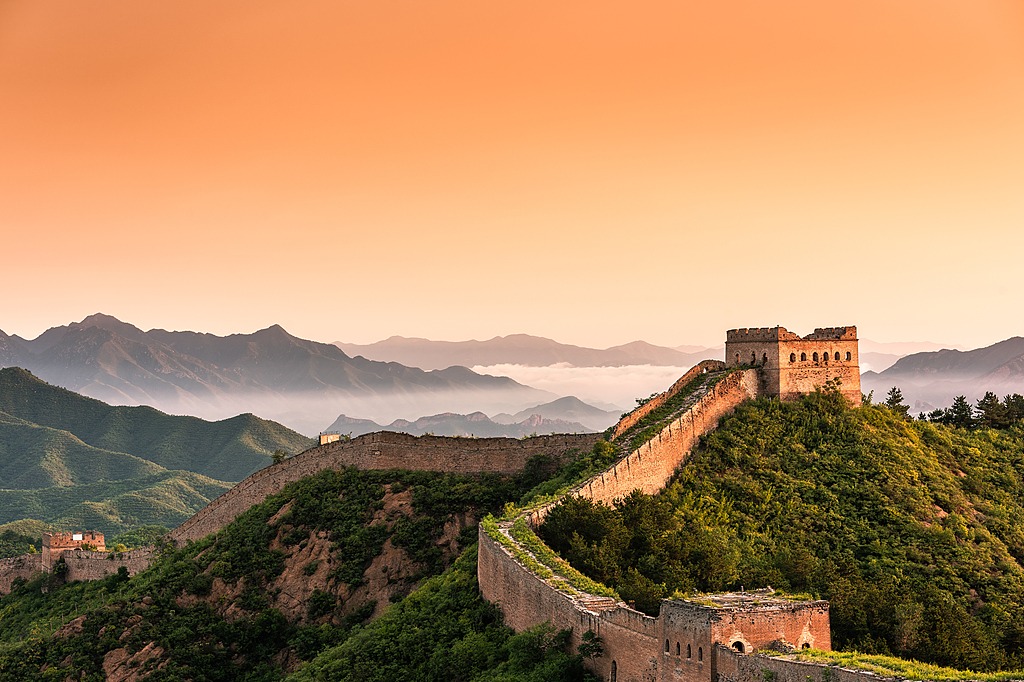China's economy: Resilient, transforming, and full of potential


The prevailing view on China's economy is broadly optimistic, though some pessimistic voices remain. To get a clearer picture, we must adopt a dialectical perspective: the economy is showing signs of divergence, but the momentum is improving and the outlook remains promising.
China's economic fundamentals are strong. Guided by Xi Jinping Thought on Socialism with Chinese Characteristics for a New Era, and in particular Xi Jinping's economic thought, the economy has steadily advanced this year, performing better than expected. Growth, employment, prices, and the balance of payments have all remained stable.
The data speak for themselves: China's GDP growth in the first half of 2025 outpaced most major economies, making the country a key anchor of global growth. Employment and prices have remained broadly stable. On social networking sites, comparisons between the cost of living in China and the US underline the value-for-money advantage of China's goods and services, underscoring tangible improvements in people's livelihoods.
Exports remain resilient, with competitiveness continuing to rise — growing 6.9 percent in the first eight months, while emerging products such as integrated circuits and new energy vehicles posted growth of over 20 percent. Market confidence has deepened, the renminbi has remained stable, and international capital is increasingly bullish on Chinese assets. Risks in key areas have been contained, ensuring no systemic shocks. As the saying goes, China's economy is a vast ocean, not a small pond — it can withstand winds, waves, and even storms, with its risk resilience significantly enhanced.
Innovation driving new momentum
President Xi has stressed that innovation is the primary engine of growth and the strategic foundation for a modern economy. Recent years have seen breakthroughs in key technologies, from the DeepSeek large language model to humanoid robotics and biomedicine. The shift from old to new growth drivers is accelerating, with artificial intelligence being applied more widely and traditional industries advancing digital and smart upgrades.
In the first half of the year, high-tech manufacturing outpaced overall industrial growth, while modern services expanded steadily. The green transition has also gained ground, with energy intensity per unit of GDP continuing to fall, giving China's growth a greener foundation.
Risks managed, livelihoods secured
Some challenges remain. Globally, protectionism and unilateralism — especially tariffs imposed by the United States — are undermining growth. Domestically, weak demand and structural bottlenecks persist; consumption momentum is uneven, prices remain subdued, and some firms and local governments face financial strain. Real estate markets in certain cities have also shown volatility.
Yet the government, under the Communist Party of China Central Committee's people-centered development philosophy, has prioritized both stabilizing growth and safeguarding livelihoods. Incomes have grown faster than GDP, urban-rural income gaps have narrowed, and pensions and medical subsidies have increased. Grain and energy security, as well as disaster response capacity, have been enhanced.
Structural divergence, faster transformation
Industrial transformation is not uniform though. Some sectors, especially those embracing intelligent and digital technologies, are thriving, while others lag behind. For example, salaries in the AI-related sector are growing at twice the average pace, while the property sector is shedding jobs and cutting pay.
This divergence must be viewed in perspective: the broader economy remains on solid ground. Policymakers must, however, continue reforms and targeted support to narrow these "temperature gaps" and ensure the benefits of growth are widely shared.
Looking ahead: strong fundamentals, vast potential
China retains abundant growth drivers in technology, labor, and capital. It has the world's largest pool of R&D personnel, R&D spending levels exceeding many advanced economies, and a highly adaptable workforce and business community. Its industrial base is comprehensive, domestic demand remains vast, and both supply and demand sides of the economy can reinforce each other.
Internationally, the vision of a community with a shared future for humanity is gaining recognition, enhancing China's global influence and appeal. Most importantly, China benefits from the leadership of the CPC and the institutional strength of socialism, enabling the country to mobilize resources and steer its economic ship toward long-term stability and prosperity.
The article first appeared in the People's Daily. The views don't necessarily represent those of China Daily.


































